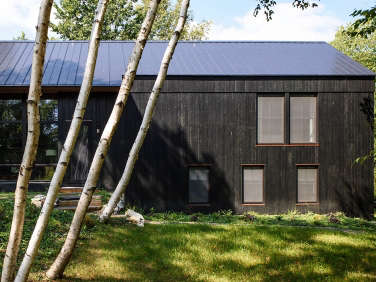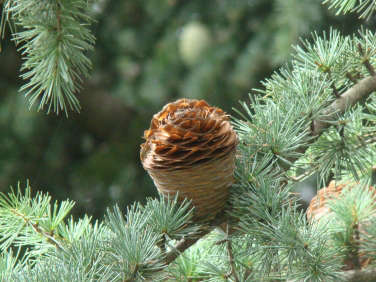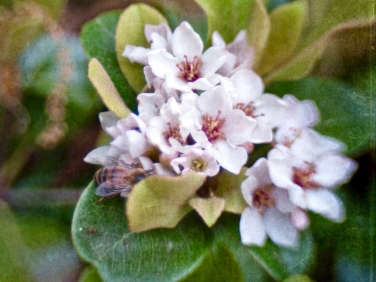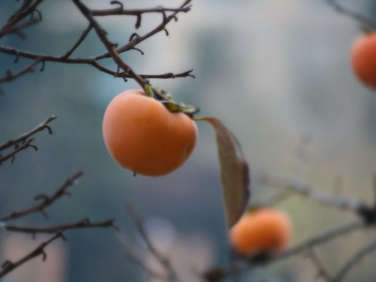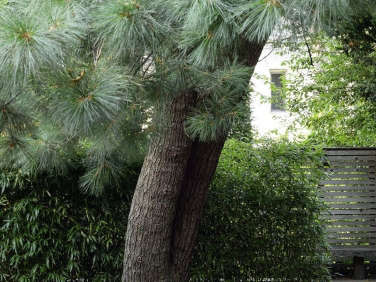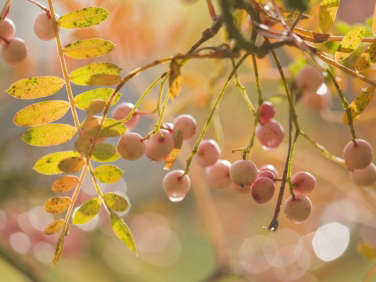

Plant wisely if it’s a tree; future generations will inherit your choice. “To plant trees is to give body and life to one’s dreams of a better world,” wrote landscape architect Russell Page.
Trees are focal points in a landscape and have many uses: to define a space, hide something unattractive, add privacy, and provide relief—such as shade or a windbreak—from the elements. A tree’s physical characteristics (including the texture of its bark, the shape of its leaves, the color of its flowers, the fruit it drops, and the shape of its canopy) will dominate the space around it.
If designing a garden from scratch, think about trees as the first element of a planting scheme. If adding a tree to an existing garden, think about how it will affect the other plants. In both cases, picture how a tree will look years from now, after it becomes a mature specimen.
Follow the example of the great 18th-century English landscapers, Page suggests in his book The Education of a Gardener: “The analysis of any park planted in the mid-eighteenth century shows how well its designer understood the use of form. A park ‘clump’ of three or five or a larger but always odd number of trees is never circular. They planted trees in lines or triangles or wedges in order to get the maximum effect from the rounded masses of foliage when the trees would be fully grown.”




